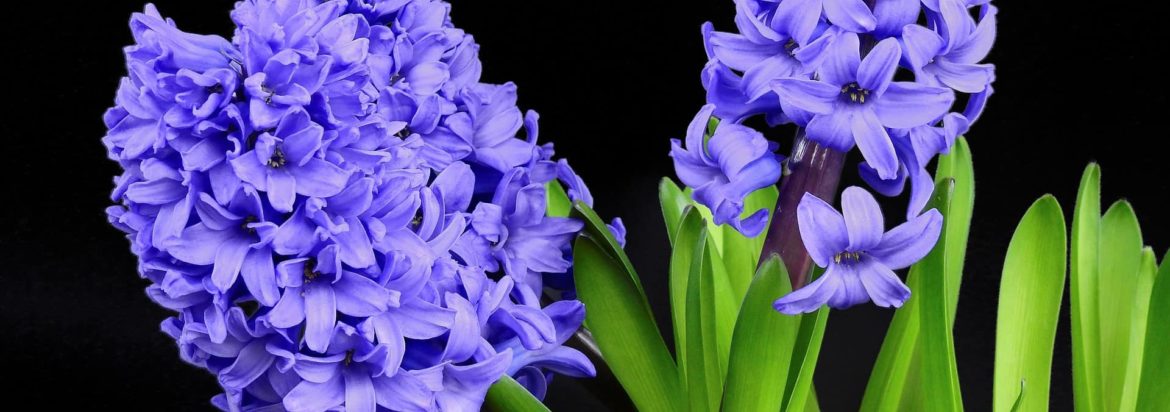I carefully placed the lavender hyacinth in my shopping cart. Such a marvelous wonder. This fragrant, colorful array of blossoms that makes me joyously think of spring came from a dull brown bulb only weeks earlier. How that bulb could produce this fragrant plant is mind-boggling to me.
Research would explain that the plant sends its energy and nutrients to the bulb, somewhat like a charger sends energy to our electronics. The bulb stores that energy over the winter and then, at just the right time, it knows the bulb is ready to flower. I carefully prop the hyacinth on the floor of my car and, with the spring-like sun streaming through my car window, I continue with my chores.
The sparrows nesting on the Dells’ Walgreens store front are also eager for spring. The store’s large letters provide the perfect, warm environment. Female sparrows are busily incubating eggs. The chick embryos are absorbing calcium into their bones from the egg’s shell, weakening the egg and strengthening themselves. Nature even provides them with a special egg-tooth so they can pip their way out. Within 12 to 24 hours after the chick hatches, the egg tooth will dry and fall off. I take a moment to ponder the wonder of it.
Also wondrous is how the famous swallows of Capistrano return to the California mission each year. Around March 19th, swarms of swallows (and tourists) descend on the mission. The swallows fly in from Argentina. It astounds me they can find their way back.
Similarly, the Canadian goose, Gertie, which I wrote about years ago, keeps finding her way back. Even though I had dropped her off at Marshfield Zoo, where she could safely winter in ponds that don’t freeze over, she has navigated back to our cabin. Since we’d transported her by car, she’d never flown over that part of our state. How did she steer 150 miles?
My research mentions their using celestial cues such as the sun and stars and the Earth’s magnetic field, although scientists can’t fully understand how they do it. It’s certainly beyond me. I’m content to be awestruck by it. Also astounding is the relationship Gertie had with me and my family.
We spent many happy moments together, including her flying alongside our ski boat. Our relationship continues. Last spring, she stopped in for a visit, proudly showing off her mate and six goslings. After walking up toward the cabin, she greeted me. I talked to her for a while before a gosling squawked and, good mother that she is, she turned and led her family back into the water. I’m eager for this April, when I can watch for her return.
Spring also means animals come out of hibernation—another phenomenon I find remarkable. As I drive across the Wisconsin River bridge, I think of reptiles such as turtles which, amazingly, survive below zero temperatures by slowing down their metabolism and burying themselves in the mud, which has a small oxygen supply. They will soon awaken and resume their aquatic activities. I’ll get to see them sunning on the beach or swimming in the river, enjoying water that has been around for not thousands, not millions, but billions of years. Another mind-boggling marvel.
Thinking about the water cycle, droplets of the Wisconsin River might have been in the Mediterranean Sea at one time. They might have passed through the body of a dinosaur, a woolly mammoth, a saber-toothed tiger, a South American macaw, or an African baboon. It might have passed through your body or mine!
The list of impressive natural occurrences goes on. I drive past a stand of pine trees and reflect on an online article I read, (Earth Talk*), about how trees communicate. Pine trees, when preyed on by caterpillars, send out pheromones that attract wasps to the forest. These wasps eat the pesky caterpillars. The article also described how Acacia trees, when eaten by grazing giraffes, release ethylene gas, which prompts other acacias to flood their leaves with bitter tannins, thus warding off the giraffes. Isn’t that incredible?
I could spend hours researching, familiarizing myself with terms like pheromones and ethylene gas, but truly, I just want to park the car, get out there, and enjoy the wonders of this, our amazing world.
*Hennings, Juli, Lynch, Harry, “Trees Can Talk,” Earth Talk, episode 90, January 7, 2019,https://www.earthdate.org/episodes/trees-can-talk


5 Replies to “Ponder the Wonders”
I agree! Nature is incredible. I hope that Gertie returns in April! Enjoy those hyacinths.
Thank you, Sue. I’ll be sure to tell Gertie hello from you. 🙂
Nature is indeed full of wonders. Too bad we don’t give it the respect it deserves and work in tandem with it instead of at cross-purposes.
Well said, Gayle. Thanks for reading.
Mother Nature is a wonderful phenominon! Miracles every day.